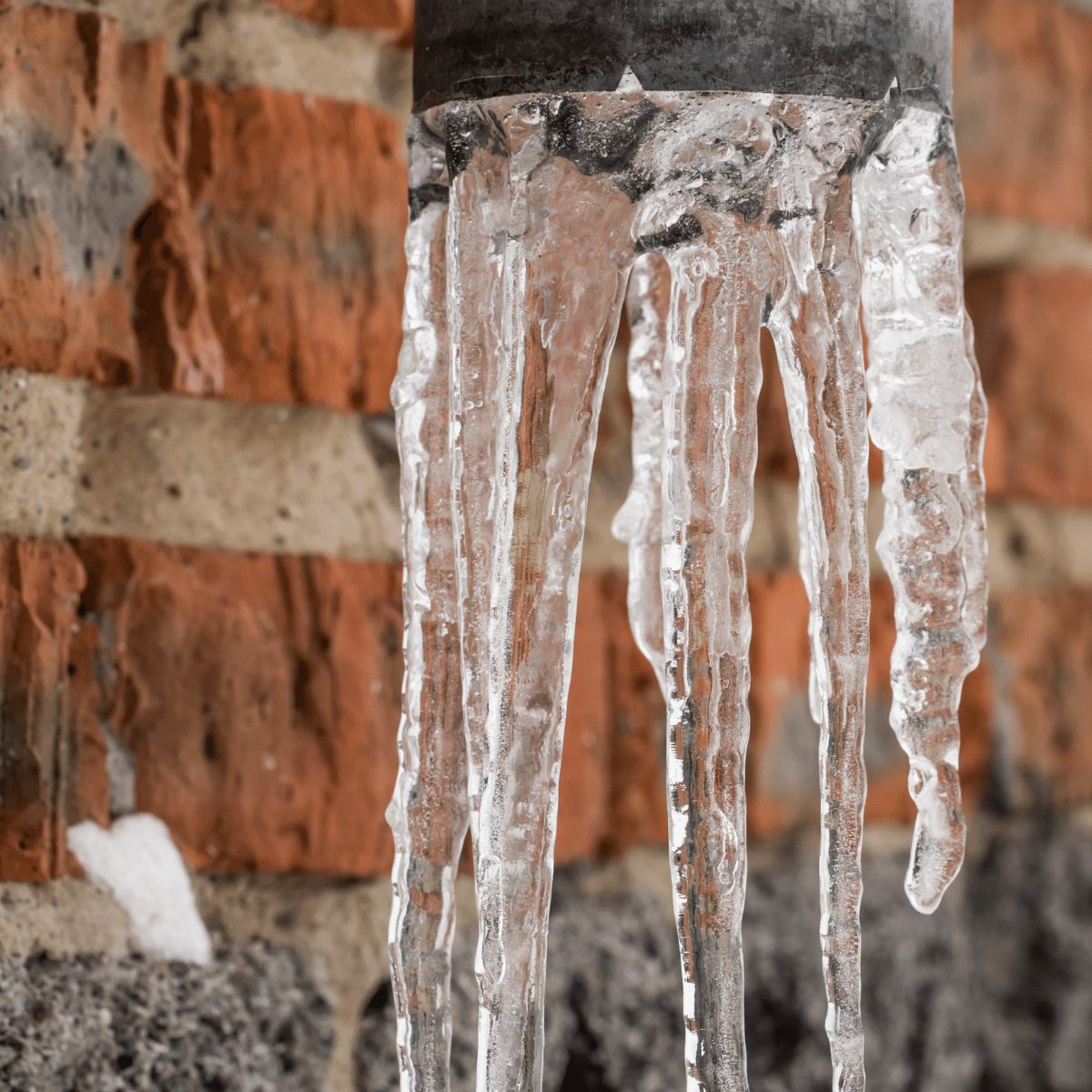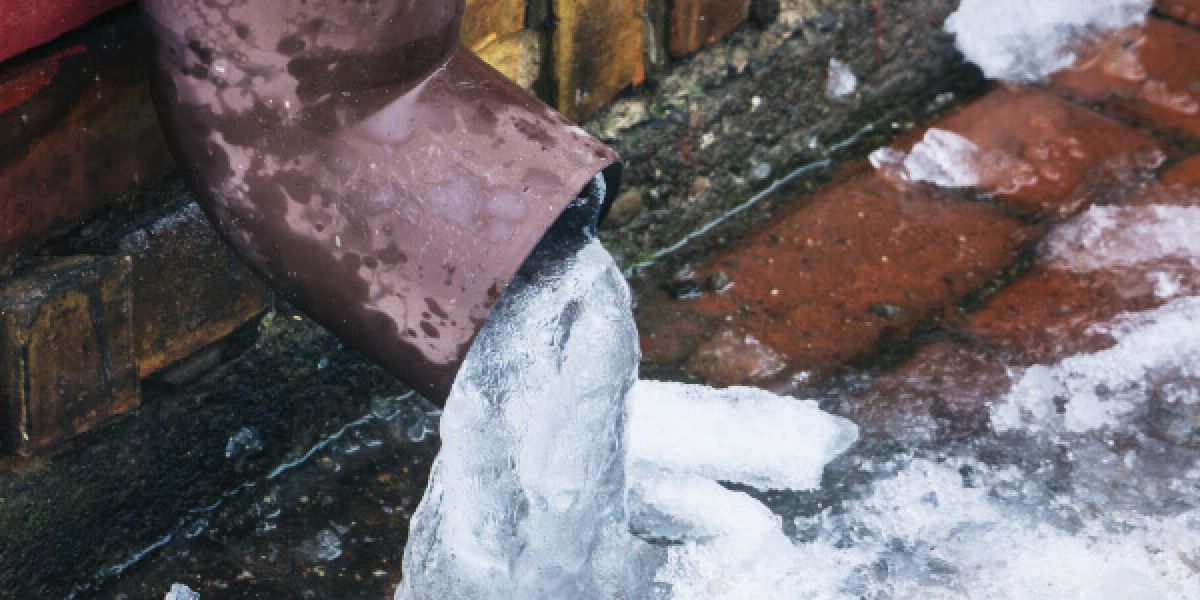Shielding Pipes from Freezing Issues: Critical Approaches
Shielding Pipes from Freezing Issues: Critical Approaches
Blog Article
How do you actually feel on the subject of Prevent Frozen Pipes ?

Winter can ruin your pipes, especially by freezing pipes. Here's how to prevent it from taking place and what to do if it does.
Intro
As temperatures drop, the danger of frozen pipelines boosts, potentially leading to costly repair work and water damages. Understanding just how to prevent frozen pipelines is vital for property owners in chilly climates.
Avoidance Tips
Insulating vulnerable pipelines
Cover pipelines in insulation sleeves or make use of heat tape to protect them from freezing temperatures. Concentrate on pipelines in unheated or outside areas of the home.
Home heating strategies
Maintain indoor spaces adequately heated, especially areas with pipes. Open up cupboard doors to permit cozy air to flow around pipelines under sinks.
Exactly how to determine icy pipelines
Seek decreased water flow from faucets, uncommon smells or sounds from pipes, and noticeable frost on revealed pipelines.
Long-Term Solutions
Structural modifications
Think about rerouting pipes away from outside walls or unheated locations. Include additional insulation to attics, cellars, and crawl spaces.
Upgrading insulation
Invest in high-quality insulation for pipes, attic rooms, and walls. Correct insulation helps keep constant temperature levels and minimizes the threat of frozen pipelines.
Safeguarding Exterior Pipes
Garden pipes and exterior faucets
Detach and drain garden pipes prior to winter. Set up frost-proof spigots or cover exterior faucets with protected caps.
Understanding Icy Pipelines
What causes pipes to ice up?
Pipes ice up when revealed to temperatures below 32 ° F (0 ° C) for expanded durations. As water inside the pipelines freezes, it broadens, putting pressure on the pipe wall surfaces and potentially triggering them to break.
Risks and problems
Icy pipes can cause water interruptions, residential or commercial property damage, and costly fixings. Ruptured pipes can flood homes and cause substantial architectural damages.
Signs of Frozen Pipeline
Identifying frozen pipes early can avoid them from breaking.
What to Do If Your Pipes Freeze
Immediate activities to take
If you presume frozen pipelines, maintain faucets open up to soothe pressure as the ice melts. Utilize a hairdryer or towels soaked in warm water to thaw pipes slowly.
Verdict
Avoiding icy pipelines needs positive steps and quick responses. By understanding the reasons, indications, and preventive measures, homeowners can protect their pipes throughout winter.
6 Proven Ways to Prevent Frozen Pipes and Protect Your Home
Disconnect and Drain Garden Hoses
Before winter arrives, start by disconnecting your garden hoses and draining any remaining water. Close the shut-off valves that supply outdoor hose bibs and leave the outdoor faucet open to allow any residual water to drain. For extra protection, consider using faucet covers throughout the colder months. It’s also important to drain water from any sprinkler supply lines following the manufacturer’s directions.
Insulate Exposed Pipes
Insulating your pipes is an effective way to prevent freezing. Pipe insulation is readily available at home improvement stores and is relatively inexpensive. Pay close attention to pipes in unheated areas such as the attic, basement, crawl spaces, or garage. Apply foam insulation generously to create a buffer against the cold. You can also wrap your pipes in heat tape or thermostat-controlled heat cables for added warmth.
Seal Air Leaks
Inspect your home for any cracks or openings that could let in cold air. Seal any holes around the piping in interior or exterior walls, as well as the sill plates where your home rests on its foundation. Additionally, make sure to keep your garage door closed unless you’re entering or exiting. Leaving it open creates a significant air leak that can lead to frozen pipes.
Allow Warm Air Circulation
During cold snaps, it’s essential to allow warm air to circulate evenly throughout your home. Leave interior doors ajar to promote better airflow. Open kitchen and bathroom cabinets to help distribute heat consistently around the rooms. If you have small children or pets, be sure to remove any household chemicals or potentially harmful cleaners from open cabinets for safety.
Let Faucets Drip
A small trickle of water can make a big difference in preventing ice formation inside your pipes. When temperatures drop significantly, start a drip of water from all faucets served by exposed pipes. This continuous flow helps prevent the water from freezing. Additionally, running a few faucets slightly can relieve pressure inside the pipes, reducing the chances of a rupture if the water inside does freeze.
https://choateshvac.com/6-proven-ways-to-prevent-frozen-pipes-and-protect-your-home/

As a keen reader about 6 Ways to Prevent Frozen Pipes, I imagined sharing that portion was a smart idea. Are you aware of somebody who is looking into the subject? Please feel free to promote it. We take joy in reading our article about 6 Ways to Prevent Frozen Pipes.
Call Today Report this page